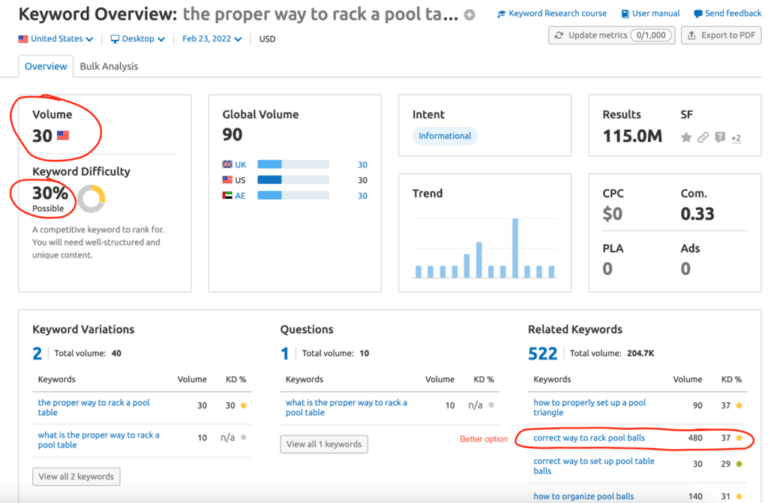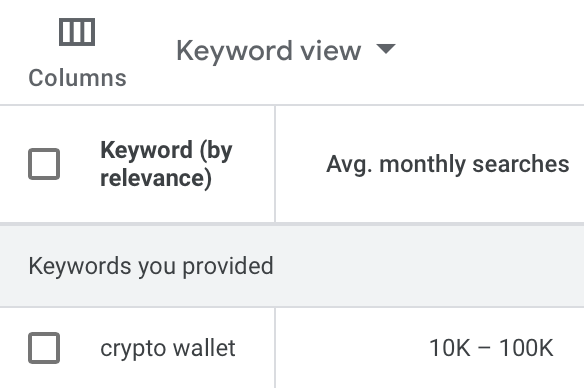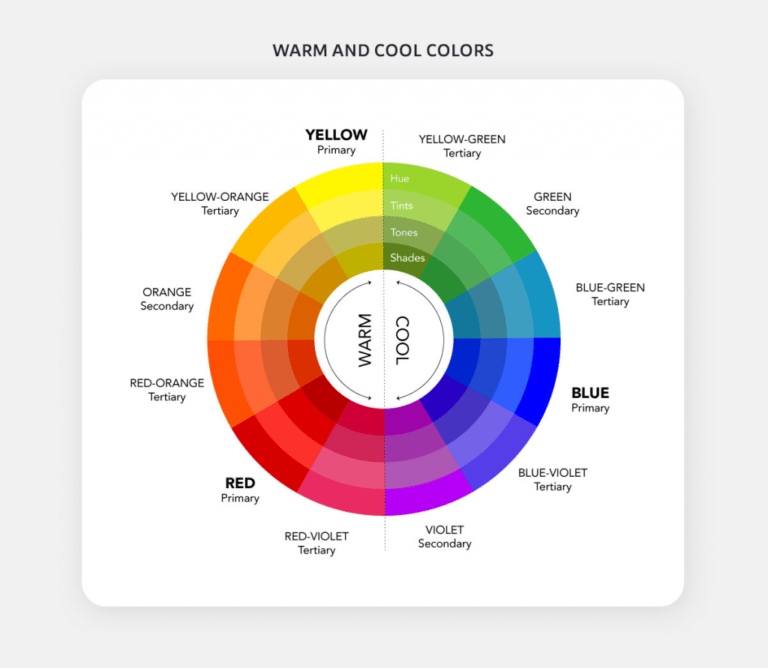
We’re looking back to see what’s ahead for sustainability IT trends this year.
As we emerge from a global pandemic that has changed many structures of work, consumption, and personal life, people are looking for ways to positively help others, offering sustainable products and practices that make others feel proud to use their brands.
getty
Over the course of 2021, I spoke with over 100 enterprise customers about what companies can do to increase sustainability. That big range of voices sounded common themes across diverse industries like technology, finance, retail, manufacturing, communications services, and others, around the world. The topics and strategies we discussed, I believe, will shape corporate projects throughout 2022.
The first topic is the most obvious one, but still worth underlining: Conversations about carbon footprints, water usage, awareness of consumption and waste, and other dimensions of sustainability, are going on across the corporate world. And they are serious. That alone is an astonishing change from just a few years back, when sustainability was rarely on the corporate radar.
To my surprise, few customers are motivated by the prospect of regulation; sustainability is something they want to do. Instead, it’s driven by an increasing awareness that offering sustainable products and practices is part of earning and maintaining the loyalty of customers, employees, even partners. They think that change in customer and partner demands isn’t going away.
Like many of you, most of my 2021 meetings were on video, via Google Meet. In my case, this saved about 75 metric tons of travel-related carbon emissions, not to mention a tremendous amount of jet lag. The frequency and intensity of my meetings grew over the year, suggesting these conversations are gaining even more momentum.
Related: IT leaders are choosing a sustainable future
There were also increasing efforts to reach underserved communities and those disproportionately affected by climate change. Making sure lower-income communities have access to information, sustainable choices or the means to improve their environmental conditions, or assuring there is a just transition to clean energy in developing regions are key considerations for the companies I spoke with over the past year. This was also reflected at November’s COP26 climate change summit in Glasgow, where there was a call for wealthy nations to aid poorer ones in burning less carbon.
People want to be involved, and they will be loyal to sustainability leaders. They want to be accurate in their measurement and maximize impact. They are looking for ways their industry can make a difference.
As we emerge from a global pandemic that has changed many structures of work, consumption, and personal life, the people I talked to were looking for ways to positively help others, offering sustainable products and practices that make people feel proud to use their brands, adding meaning to partnering, working, or spending with them.
Their urgency and focus was often a prelude to deciding on how to take action. Okay, people said, we have more ambition than ever before, but where should we steer it? They are looking to effect meaningful change, and they don’t want to waste time and energy on things that won’t make much difference. That’s why there’s now significant focus on getting accurate measurement and reporting on resource use.
This could, in part, result from my role in these conversations as a representative from Google Cloud (besides running the cleanest cloud, we’re known for our strength in data, measurement, and analytics—you can find some of my earlier pointers on that here and here). Many of the people I’ve met in sustainability have engineering experience. They know you can’t easily change what you can’t measure.
Related: Announcing new tools to measure—and reduce—your environmental impact
What companies choose to measure can vary widely. Some financial institutions wanted a good read on the carbon footprints of their investments. Packaged goods companies focused on their supply chains, and waste. Communications Service Providers discussed using their telecommunications networks as sensor nets, to better manage consumption. The point is, every industry is looking to make the largest impact based on their greatest strengths and capabilities. A race to just plant more trees, while positive, doesn’t leverage the best that companies have to offer, and often doesn’t address their specific environmental impact.
It’s possible that this focus on comparative strengths could mean companies in the same industry create uniform sustainability standards and policies. Similar to the emphasis on measurement, this is about making a difference, and letting people know about how you’re doing it in ways that align to the core of a corporate mission.
Many of the people I’ve met in sustainability have engineering experience. They know you can’t easily change what you can’t measure.
There are risk and reward reasons for that. I’ve mentioned the reward: Enterprises see this commitment as a brand-building, loyalty-winning strategy, which just so happens to be the right thing to do. Again, few grumbled about regulatory pressures. The risk they see is more around damaging their brands by doing nothing, or by getting called out for not living up to their pledges.
One hundred conversations about sustainability may sound like a lot, but it’s a small fraction of the efforts from many Googlers working with organizations throughout the globe. Across Google Cloud, we saw users leveraging cloud technology in innovative ways to make progress and executives sharpening their focus. There is awareness of the challenge. There is a sense that it touches everyone. People want to be involved, and they will be loyal to sustainability leaders. They want to be accurate in their measurement and maximize impact. They are looking for ways their industry can make a difference.
I left 2021 more motivated than ever about the opportunity, and I can’t wait for the next hundred conversations!
Read why 2021 was an electrifying year for 24/7 carbon-free energy, or learn how to reduce your cloud carbon footprint with our best practices guide for building Google Cloud applications.
Related video:
The fashion industry is one of the largest contributors to the global climate and ecological crisis, and much of the environmental impact occurs at the raw materials stage of the supply chain. Google built the Global Fibre Impact Explorer in partnership with Stella McCartney and WWF to help brands understand the environmental risk and impact of their fiber sourcing, enabling them to make more sustainable decisions.







